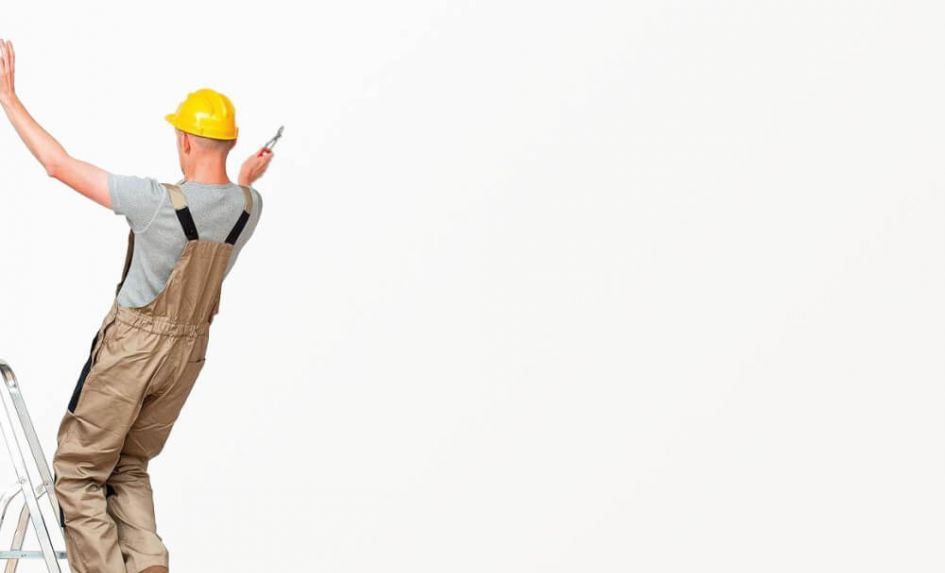In 2019 the Health & Safety Executive (HSE) issued costly penalties for severe injuries on school sites caused by dangerous working at height.
Financial penalties included a fine of over £120k following a fall from height from a school sports hall. Another case saw a contractor suffer life-changing injuries falling from a school roof.
Despite harsh repercussions, HSE figures showed that falls from height continue to be the most prevalent workplace killer in 2018.
It is not a legal burden or bureaucratic chore
With this in mind, as school leaders set goals for 2020, we’d like to see thoughts turn to higher standards for safe working at height. As the Royal Society for the Prevention of Accidents (RoSPA) says, health and safety planning in schools “... should not be seen as simply another legal burden or a bureaucratic chore. A planned approach to managing risk should be seen as an enabler, not just to prevent accidents… but to build a culture of sensible risk management. ”
Echoing RoSPA’s statement, we believe that a safe working culture can only be achieved through proactive, informed and consistent approaches – something that needs to be supported by the highest standards.
Who is responsible for building that culture?
Popular answers are the site manager, caretaker or facilities manager. However, the role of Headteachers and other senior members of staff shouldn’t be underestimated. For school leaders, the first step in supporting a heightsafe culture is to make sure you are informed.
The ‘Work at Height Regulations 2005’ are set out to prevent death and injury caused by a fall from height. If you are an employer or are in control of work at height, (including contracting works externally) these regulations apply to you. You must ensure work is appropriately planned, supervised and carried out by competent personnel – including the use of suitable equipment.
When would they become applicable?
Well, consider the challenges that older, traditional primary schools present; high ceilings, ageing roofs, vaulted halls, etc. Whether a caretaker takes responsibility for cosmetic repairs or engages a contractor, the employer must ensure it is carried out appropriately, using proper equipment. In Heightsafe’s experience, schools, old and new, large and small, are often unaware of the assets they need and the equipment they already have in place to support safe working at height.
For newer builds, it’s vital that, as part of the development planning, proactive and preventative safety measures and equipment needs are considered.
When it comes to maintaining new buildings, facilities managers or caretakers are likely to bear the responsibility and should, therefore, be consulted about ongoing health and safety requirements.
That could include, for example, safe roof access which we often see forgotten as part of the new build process.
It’s only when access is needed that safety equipment might be considered. Unfortunately, this consideration is sometimes entirely overridden by the ‘it’ll be fine’ mentality. And that’s when potentially life-changing falls from height are most likely to happen.
Annual checks
Even if a school houses the right safety equipment, it may lack up-to-date equipment records. Knowing what you have is the first challenge.
The next is making sure that schedules are in place for annual checks of these assets to ensure they are still fit for purpose. Audit and assessment should ideally be a yearly activity.
Across industries, the main sticking points when it comes to safe working at height is education and preparation. It’s not wilful rule-breaking that often leads to dangerous falls - it’s a lack of training and awareness of the risks associated with working at height.
School leaders can help to overturn this through understanding the risks and empowering facilities staff to adopt proactive, preventative safety strategies in 2020 and beyond.
Ken Diable is the managing director and founder of Heightsafe.










